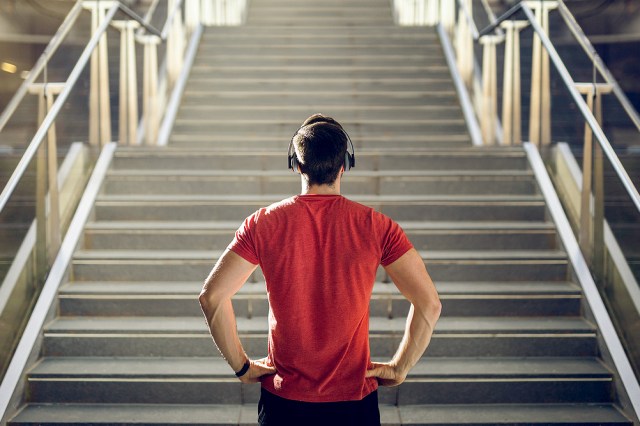Sometimes, climbing up a flight of stairs feels more like a job for an Olympic athlete than the average, fit person. Not only is a breathy ascent incredibly humbling, but it’s also wildly confusing. How can a person who regularly works out get winded by just 16 steps? While the huffing and puffing is real, it’s not something to be alarmed about. This fatigue is a sign that your body is functioning correctly, which is why it happens to even the most fit people. Here’s why your body reacts this way.
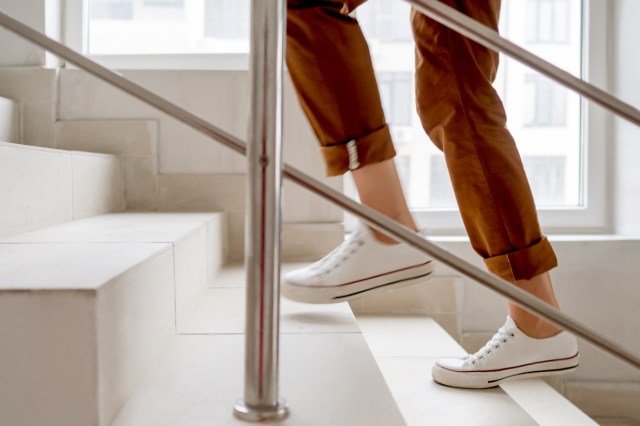
Your Body Wasn’t Ready for Exercise
First, let’s think of everyday stair climbing as exercise. You would never lift weights or run without warming up, and the same standards apply to climbing the stairs. However, chances are, most of us aren’t warming up before heading up a flight or two. Your heart rate noticeably increases because it wasn’t prepared for the extra activity. The same happens to your respiratory system as your muscles require more oxygen to move your legs up every step. Your lungs work overtime to sustain the upward movement, causing you to become winded.
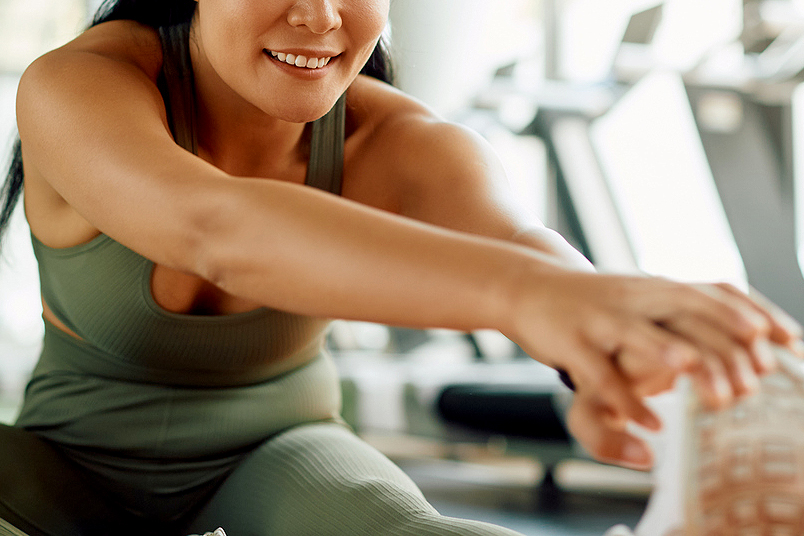
You’re Using Different Types of Muscles
Another reason stairs can tire even the fittest athletes is that they require different muscle fibers from walking or running. Running requires “slow-twitch” muscle fibers, while climbing stairs uses “fast-twitch” muscle fibers. Slow-twitch fibers are good for endurance activities because they are more resistant to fatigue, while fast-twitch fibers are better for quick bursts of movement such as jumping. The contractions in fast-twitch fibers consume lots of energy, especially when working against gravity on the stairs. This combination causes that oh-so-annoying fatigue.
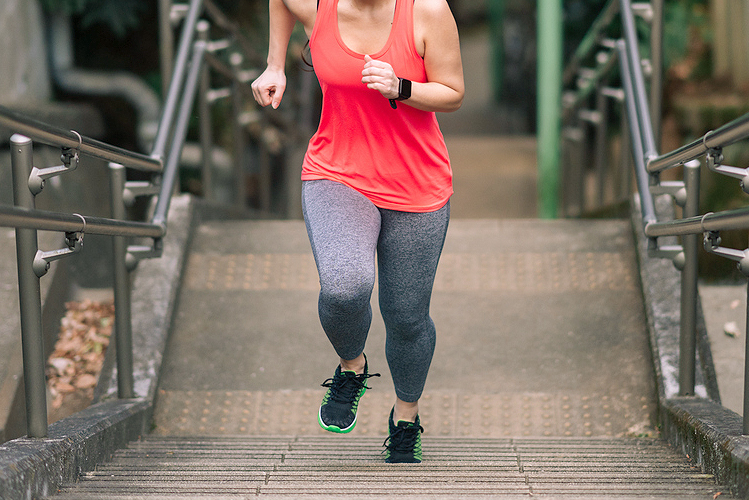
You’re Getting a Full-Body Workout
Walking or running up flights of stairs is a popular workout routine because it strengthens large lower body muscles, including your gluteus maximus, hamstrings, quadriceps, iliopsoas, and calf muscles, and upper body muscles in your core and lower back. The more muscles you work at once, the more tired you get. Climbing the stairs can also work out parts of the upper body.
Reader Favorites
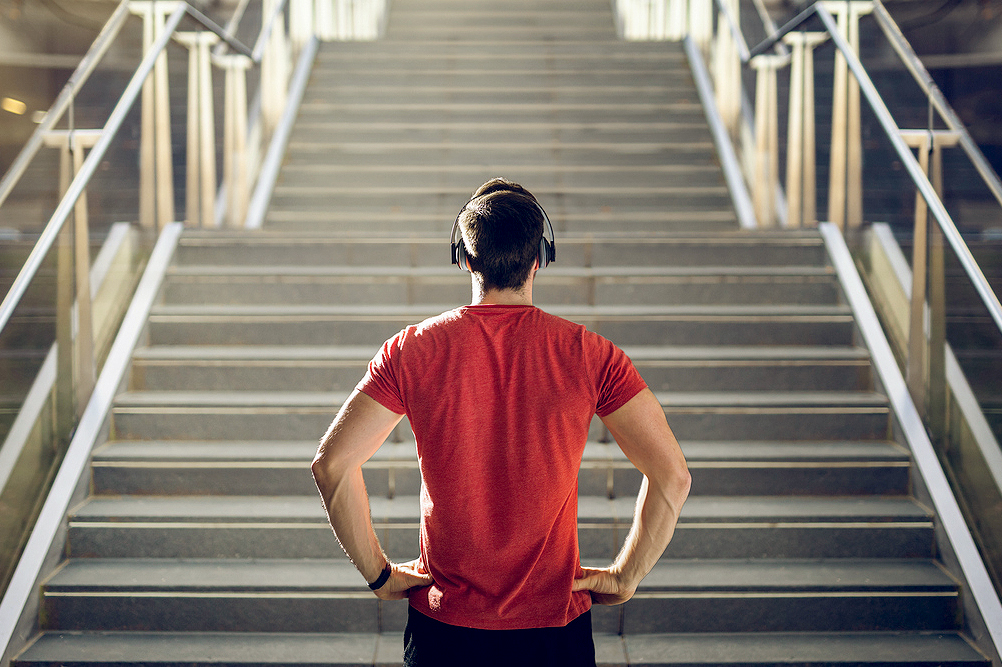
How to Prevent Getting Winded
There are ways to decrease the adverse effects of taking the stairs. One easy way to do so is to climb stairs as often as possible. The more often you activate all the muscle groups used to carry you up the stairs, the stronger the muscles will become. This will allow you to get faster at stair climbing, and it won’t feel like such a chore. Strengthening leg muscles through weight lifting also helps. Stair climbing should be easier when the muscles around the knees, hips, and ankles are strong.
However, if you feel chest pains or it takes several minutes of rest to recuperate from one flight, please consult a doctor, as these could be signs of a more serious medical condition.
Featured Image Credit: Bastian Weltjen/ iStock
More From Our Network
Better Report is part of Inbox Studio, which publishes content that uplifts, informs, and inspires.
